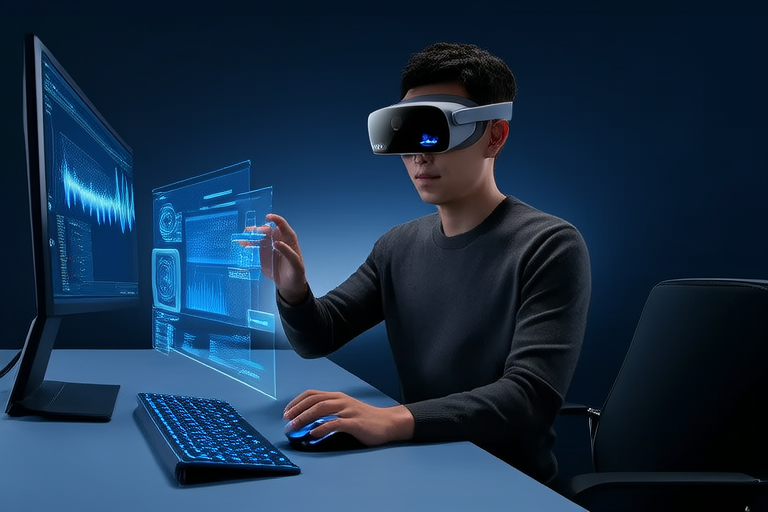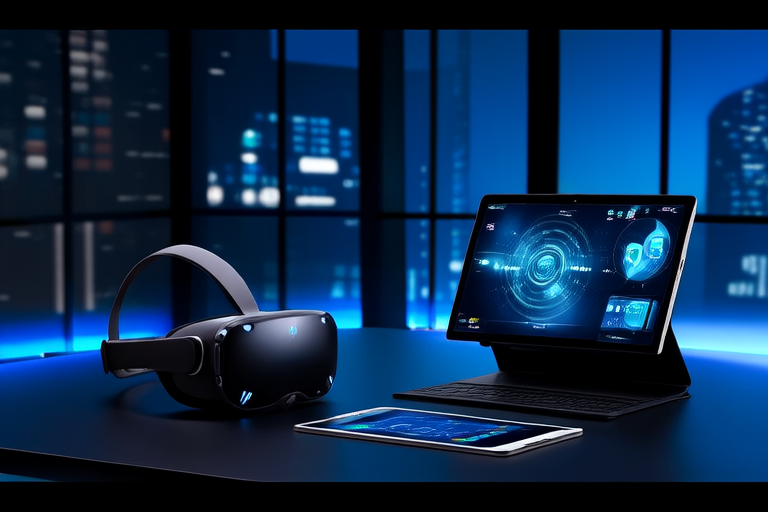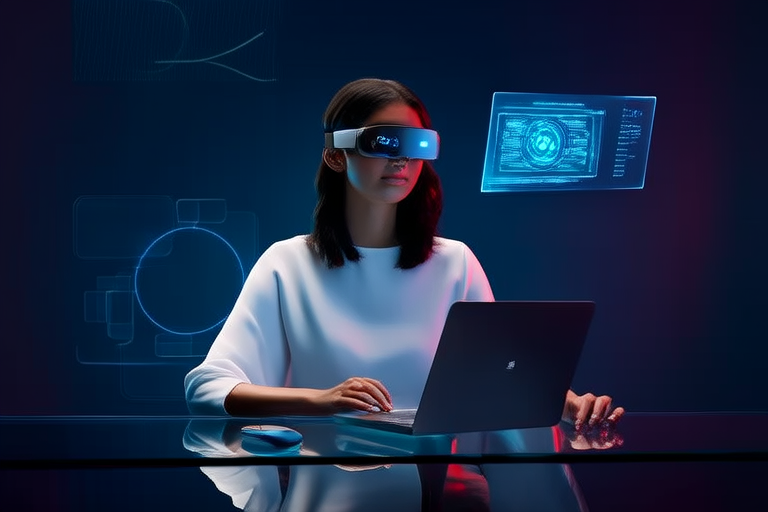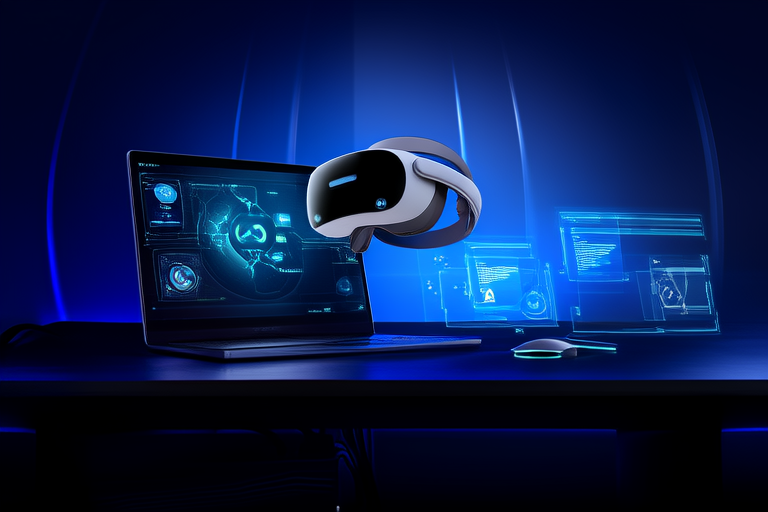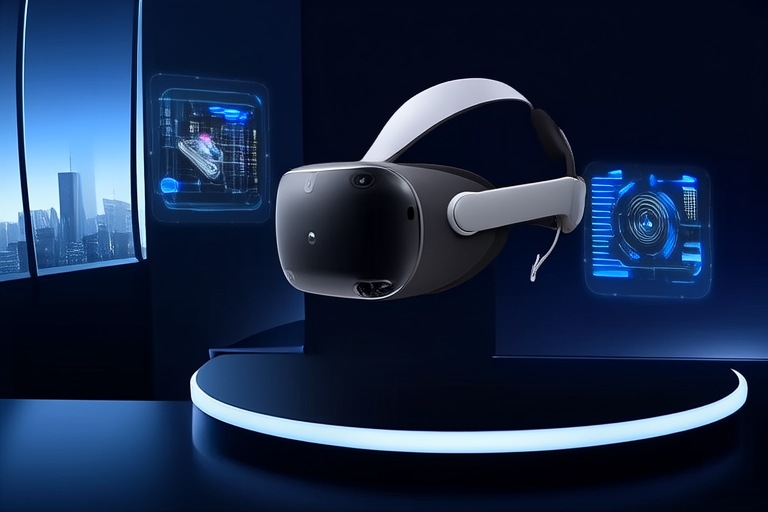The Intersection of VR and AR: Opportunities and Challenges Ahead
Introduction
Virtual Reality (VR) and Augmented Reality (AR) are two rapidly advancing technologies that have garnered significant attention in recent years. While both VR and AR involve the manipulation of digital environments, they serve distinct purposes and offer unique experiences.
VR immerses users in entirely digital environments, replacing the real world with computer-generated imagery. This technology is commonly used in gaming, simulation, and training scenarios. In contrast, AR overlays digital information onto the real world, enhancing the physical environment with interactive elements. AR finds its applications in fields such as navigation, maintenance, and retail.
The convergence of VR and AR presents a compelling opportunity to create more dynamic and engaging experiences. By leveraging the strengths of both technologies, developers can design solutions that cater to a wide range of needs, from entertainment to professional training. This intersection is particularly significant in today’s technological landscape, where businesses and individuals alike seek innovative ways to interact with digital content and improve productivity.
Current Applications
Healthcare
In healthcare, VR and AR are transforming patient care and medical education. VR simulations allow doctors and nurses to practice complex procedures in a risk-free environment, improving skills and reducing errors. AR, on the other hand, aids surgeons by providing real-time visualizations of internal organs during operations, enhancing precision and safety.
Education
Education benefits greatly from VR and AR, offering students immersive learning experiences. VR can transport learners to historical events, distant planets, or microscopic worlds, making abstract concepts more tangible. AR enhances textbooks and classroom materials by overlaying interactive content, encouraging active engagement and deeper understanding.
Entertainment
The entertainment industry has embraced VR and AR to create captivating experiences. VR gaming allows players to step into fully realized game worlds, while AR adds interactive elements to real-world settings, blurring the lines between virtual and physical spaces. For example, AR games like Pokémon Go have captivated millions, blending digital creatures with everyday environments.
Retail
Retailers are leveraging VR and AR to enhance customer experiences and drive sales. AR mirrors enable customers to virtually try on clothes or makeup, streamlining the shopping process. VR stores provide immersive virtual shopping experiences, allowing consumers to explore products in a simulated environment before making purchases.
Opportunities at the Intersection
Remote Collaboration
One of the most promising areas for VR and AR integration is remote collaboration. Combining these technologies can facilitate seamless teamwork across geographical boundaries. Virtual meeting spaces powered by VR and AR can simulate face-to-face interactions, fostering better communication and creativity among team members.
Immersive Training
Training programs that integrate VR and AR offer unparalleled realism and interactivity. Trainees can experience high-stakes scenarios in a controlled environment, preparing them for real-world challenges. For instance, firefighters can practice rescue operations in VR simulations, while mechanics can learn to repair complex machinery using AR-guided instructions.
Interactive Storytelling
The intersection of VR and AR opens up new avenues for interactive storytelling. Immersive narratives that blend the real and virtual worlds can captivate audiences in unprecedented ways. Interactive movies, for example, allow viewers to influence the plot, creating personalized and engaging experiences.
Challenges Ahead
Technical Challenges
Integrating VR and AR technologies presents several technical challenges. Hardware limitations, such as processing power and display quality, can hinder the development of seamless experiences. Ensuring software interoperability between different platforms and devices is also crucial for widespread adoption. Additionally, data privacy concerns must be addressed to protect user information.
Social and Ethical Implications
The rise of VR and AR raises important social and ethical questions. As these technologies become more prevalent, there is a risk of diminishing human interaction, leading to isolation and disconnection. It is essential to establish regulatory frameworks that govern the use of VR and AR, ensuring responsible and equitable deployment.
Conclusion
The intersection of VR and AR holds immense potential for innovation and transformation across various industries. From healthcare and education to entertainment and retail, these technologies are already making a significant impact. By combining the strengths of VR and AR, developers can create more immersive, interactive, and engaging experiences that cater to diverse needs.
However, the path forward is not without challenges. Technical hurdles, social implications, and ethical considerations must be carefully addressed to ensure the responsible and effective integration of VR and AR. As we continue to explore the possibilities of these technologies, it is crucial to foster collaboration, promote innovation, and prioritize user well-being.
The future trajectory of VR and AR integration is bright, offering endless opportunities for creativity and progress. By embracing these challenges and opportunities, we can pave the way for a more connected and enriched digital world.
